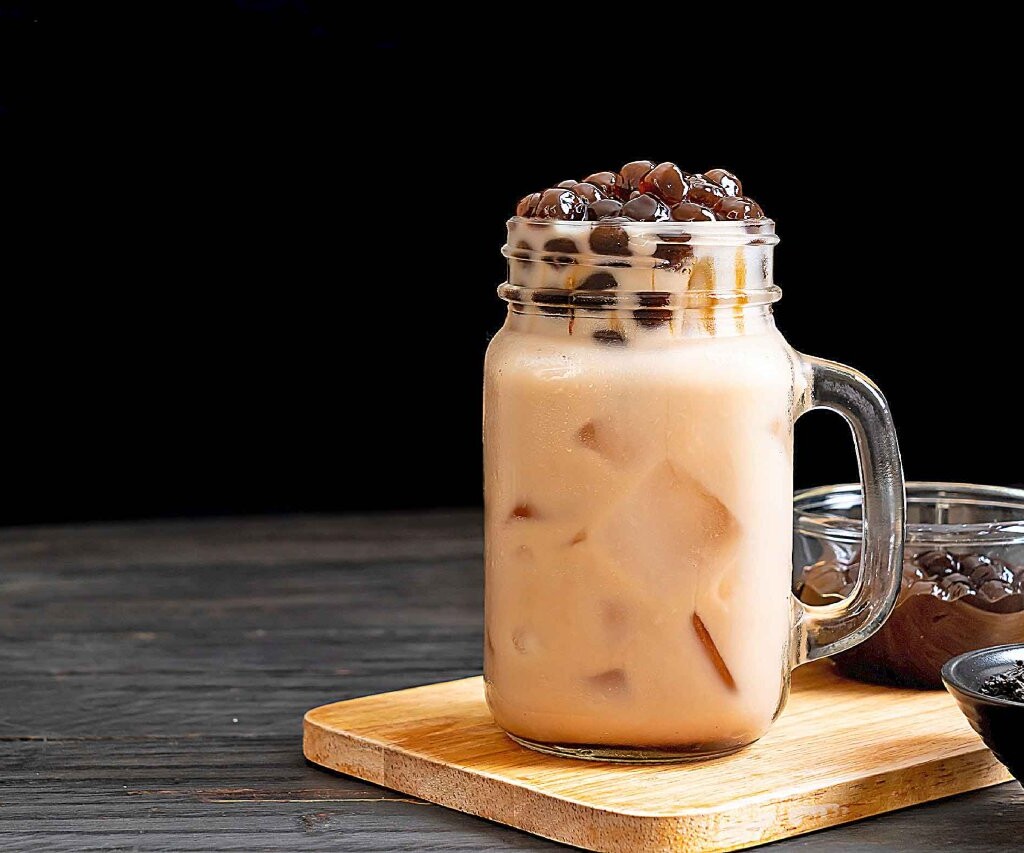Bubble tea is a beverage that originated in Taiwan and has become a global trend in recent years. With its unique appearance and sweet, refreshing taste, it’s easy to see why. But what exactly is bubble tea and how is it made? What are its benefits and controversies?
How to Make Bubble Tea at Home: The Ultimate Guide
In this article, we’ll delve into the world of bubble tea, from its history to its cultural impact around the world. From homemade recipes to commercial brands, we’ll explore everything you need to know about this popular tea and clear up any mysteries that may surround it.
If you’re a tea lover or just looking for a refreshing and different beverage, this article is for you.
History and Origin of Bubble Tea
Bubble tea or boba tea, also known as tapioca tea, is a very popular drink in East Asia. It is believed that bubble tea was invented by a coffee shop owner in Taichung, Taiwan in 1980.
It is said that the owner added a portion of tapioca to the tea and discovered that it was a wonderful combination. The name “boba” is due to the appearance of the small tapioca balls when added to the beverage.
Bubble tea became increasingly popular in the 1990s. It began to spread throughout Southeast Asia and then to the United States, Australia and other Western countries.
The varieties of bubble tea have also become more numerous. From the original creation of black tea with tapioca, the beverage has evolved to include green tea, fruit tea and other flavors.
Today, bubble tea has become a popular drink worldwide, especially among young people who enjoy its unique taste and the fact that it can be customized with different flavors and additions.
How is bubble tea made?
Bubble tea is made by mixing black or green tea with sugar and some additives, such as fruit juice or milk and then adding tapioca starch pellets to the bottom of the cup.
These are the basic ingredients and processes for making bubble tea, but there are many variations and ways to customize the tea to your paste. For example, you can change the amount of sugar or add different flavors to the mixture.
You can make different combinations until you find the one you like best.
Ingredients:
- Black or green tea
- One tablespoon sugar
- Tapioca Starch
- Fruit juice or milk (optional)
To make:
- Heat water and boil black or green tea according to directions. Stir in sugar until dissolved.
- Cook tapioca starch balls according to package directions and let cool.
- Add fruit juice or milk to tea if desired.
- Pour tapioca starch balls into a cup and add tea.
- Gently swirl the cup to mix the tapioca starch balls with the tea and serve over ice.
Bubble Tea Health Benefits
Bubble tea has been shown to contain high levels of antioxidants and anti-inflammatory properties.
A study conducted by the University of Maryland found that bubble tea is high in polyphenols, compounds that help prevent cell damage caused by free radicals.
These compounds, such as flavonoids and catechins, have antioxidant activity. This means that bubble tea may help reduce the harmful effects of oxidative damage, which is a major culprit in chronic diseases such as cancer.
Other studies have shown that bubble tea is a source of anti-inflammatory properties.
Compounds in bubble tea, such as polyphenols and organic acids, have been shown to have anti-inflammatory effects. They help reduce inflammation in the body and, as a result, help reduce the risk of chronic diseases associated with inflammation.
Medical evidence related to bubble tea shows that this type of beverage may have numerous health benefits, including antioxidant and anti-inflammatory properties.
It may help prevent free radical-related cell damage and reduce inflammation in the body, which may help reduce the risk of chronic diseases.
Bubble Tea Controversies and Concerns
There are some controversies and concerns surrounding Bubble Tea, especially regarding the safety of the ingredients and the amount of added sugar.
- Some of the ingredients used to make bubble tea, such as tapioca starch, can be potentially harmful if not prepared properly.
- Bubble tea often contains a significant amount of sugar, which can be a problem for those trying to control their added sugar intake.
- Some reports suggest that tapioca starch production may be associated with environmental pollution and degradation of soil quality.
- Although bubble tea is generally safe for most people, some studies suggest that excessive consumption of tapioca starch may be detrimental to long-term health.
It is important to keep these concerns in mind when considering whether bubble tea is an appropriate beverage to include in your diet. It is recommended that you consult with a healthcare professional before making any significant changes to your diet or beverage consumption.
Varieties and flavors available in the bubble tea market
Traditional bubble teas include green tea, black tea, oolong tea and red tea. These teas come in a variety of intensities, from mild to stronger.
You can find fruit bubble teas such as mango, strawberry, peach and pineapple, as well as flavored teas with red fruit, vanilla, caramel and cinnamon flavors. For the more adventurous, there are unique flavors such as blueberry-flavored blueberry bubble tea, matcha bubble tea and melon bubble tea.
There are dried fruit-flavored bubble drinks such as almond, walnut and hazelnut.
For caffeine lovers, there are coffee and chocolate-flavored bubble teas. There are bubble teas with exotic flavors like jasmine, orange blossom and peppermint. Finally, there are some bubble teas with more unique flavors, such as lychee, ginger and rose tea.
Cultural Impact of Bubble Tea
Bubble Tea has had a huge impact on popular culture around the world. It has become a refreshing and healthy beverage that can be found in every corner of the globe.
In some parts of the world, such as China and Taiwan, it has become a cult drink, with long lines of people waiting to try new flavors. It has also caught on in the United States and other Western countries.
It has become popular among young people who enjoy unique and refreshing flavors. It is a healthy option for sweet drink lovers who want to avoid foods and beverages with high sugar content.
Bubble tea has created a refreshing and healthy beverage culture around the world that has helped raise awareness about the importance of healthy eating.
The future of bubble tea
Bubble Tea will continue to be a popular beverage in the future due to its unique and refreshing taste. Due to its popularity, bubble tea manufacturers are developing new and improved recipes to continue to offer their customers a unique experience.
With the introduction of new fruits and flavors, bubble tea lovers will have a wide variety of options to choose from. In addition, it is experiencing a boom in popularity among millennials, so bubble tea is likely to remain a popular drink for the next generation.
Finally, bubble tea is expected to become more accessible as it grows in popularity, which is sure to increase its popularity even further.
Read more
- Drinking Rue Tea on August 1st – Honoring the Pachamama
Every August 1st, people start looking for the male rue plant in herbalist shops and specialized houses to prepare the famous rue tea to be drunk on the first day of August, which, according to popular belief, extends one more year of life.





